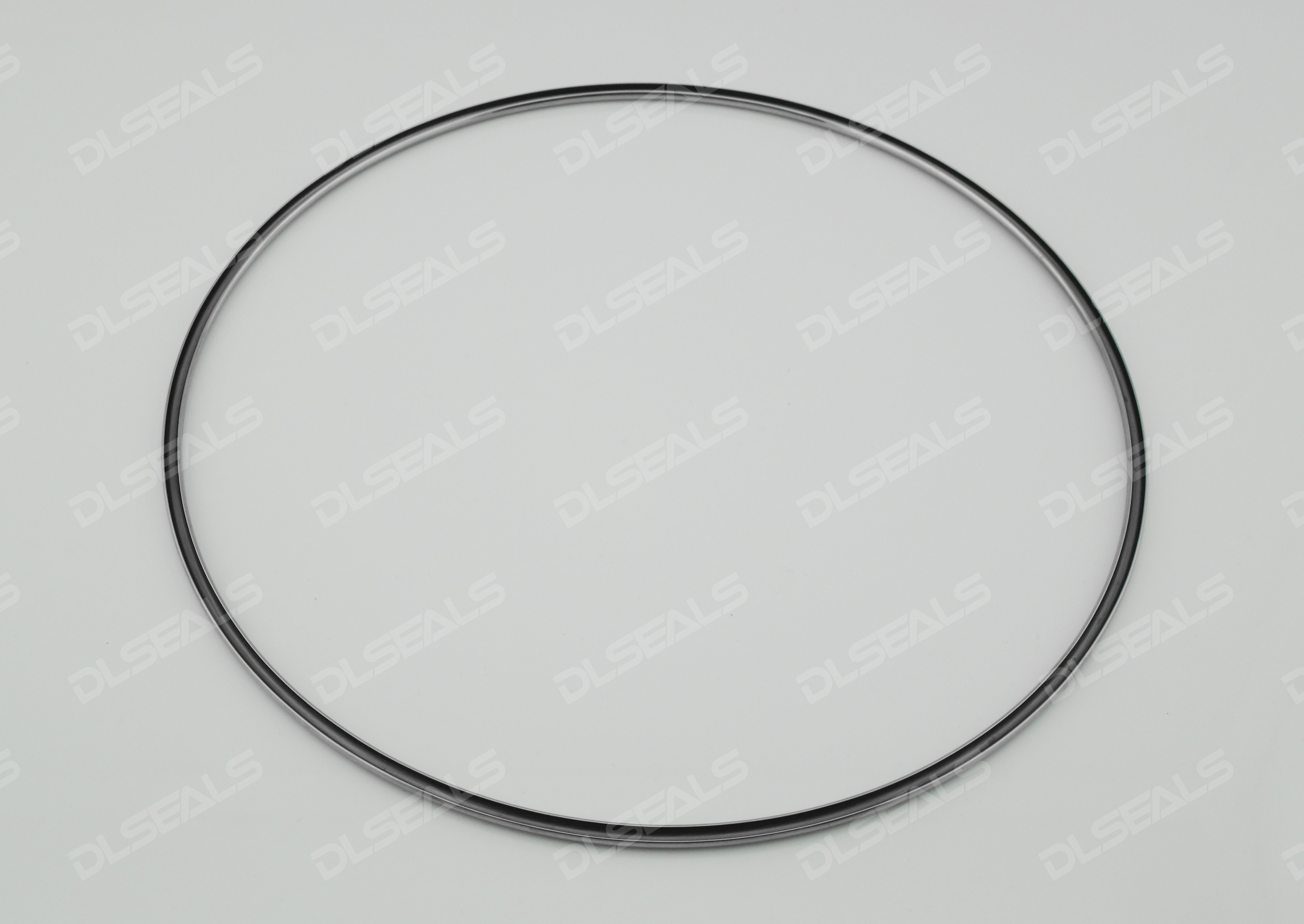News
A2025-06-26

Metal U-Seals excel in extreme conditions (>70MPa, -200°C to 650°C) where elastomers fail. This technical analysis covers their structural advantages, material selection, and critical installation protocols.
1.1 Structural Features
| Parameter | Metal U-Seal | Metal C-Seal |
|---|---|---|
| Cross-section | Symmetric U-shaped lips | Open C-shaped single lip |
| Sealing Mechanism | Elastic lip deformation + radial preload | Line-contact compression |
| Misalignment Tolerance | ★★★★☆ (±0.5mm adaptive) | ★★☆☆☆ (Requires precise alignment) |
| Collapse Resistance | Reinforced root structure | Thin-wall prone to permanent deformation |
1.2 Working Principle
| Material | Temp. Range | Corrosion Resistance | Typical Applications |
|---|---|---|---|
| 304 Stainless | -200~400℃ | Weak acids/alkalis (pH4-10) | General hydraulics |
| Hastelloy C276 | -250~450℃ | ★★★★★ (Strong acids/halogens) | Chemical reactors/Nuclear pumps |
| Ti-6Al-4V | -270~600℃ | Seawater/oxidizing media | Aerospace/Deep-sea equipment |
| Inconel 718 | -200~700℃ | High-temp oxidation | Rocket engine nozzles |
Note: Hastelloy corrosion rate <0.002mm/year in Cl⁻ media (ASTM G48)
| Comparison | Metal U-Seal | Metal C-Seal |
|---|---|---|
| Reliability | Redundant dual-lip sealing | Single-point contact risk |
| Dynamic Adaptability | Compensates vibration/misalignment | Strict alignment needed (<0.1mm) |
| Impact Resistance | Pressure-distributing root | Thin-wall collapses easily |
| Reusability | 3-5 service cycles | Typically discarded after removal |
| Cost Efficiency | Higher initial cost, >5yr lifespan | Low cost but frequent replacement |
4.1 Irreplaceable Scenarios
100MPa (e.g., 10,000-ton press cylinders)
4.2 Case Studies
5.1 Critical Steps
5.2 Prohibited Operations
Conclusion: Metal U-Seals achieve near-zero leakage in extreme conditions through elastic energy storage and pressure-energized sealing. Their dual-lip design outperforms C-Seals in reliability and adaptability, reducing lifecycle costs by >40% despite higher initial investment.
[DLSEALS kindly Reminder] Sealing issues? Turn to DLSEALS! As a sealing component manufacturer, we specialize in customizing sealing components, providing a full range of services from design, research and development, production, testing, and more. If you have more information you'd like to know, feel free to contact us directly. DLSEALS's product experts are dedicated to serving you!